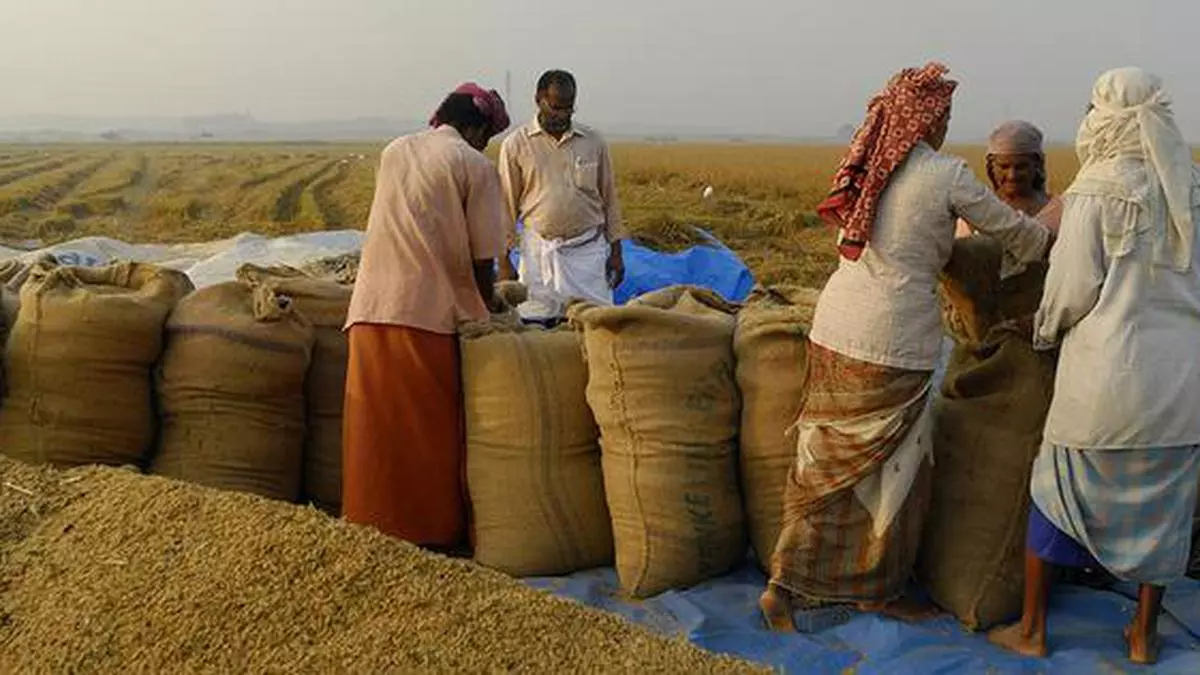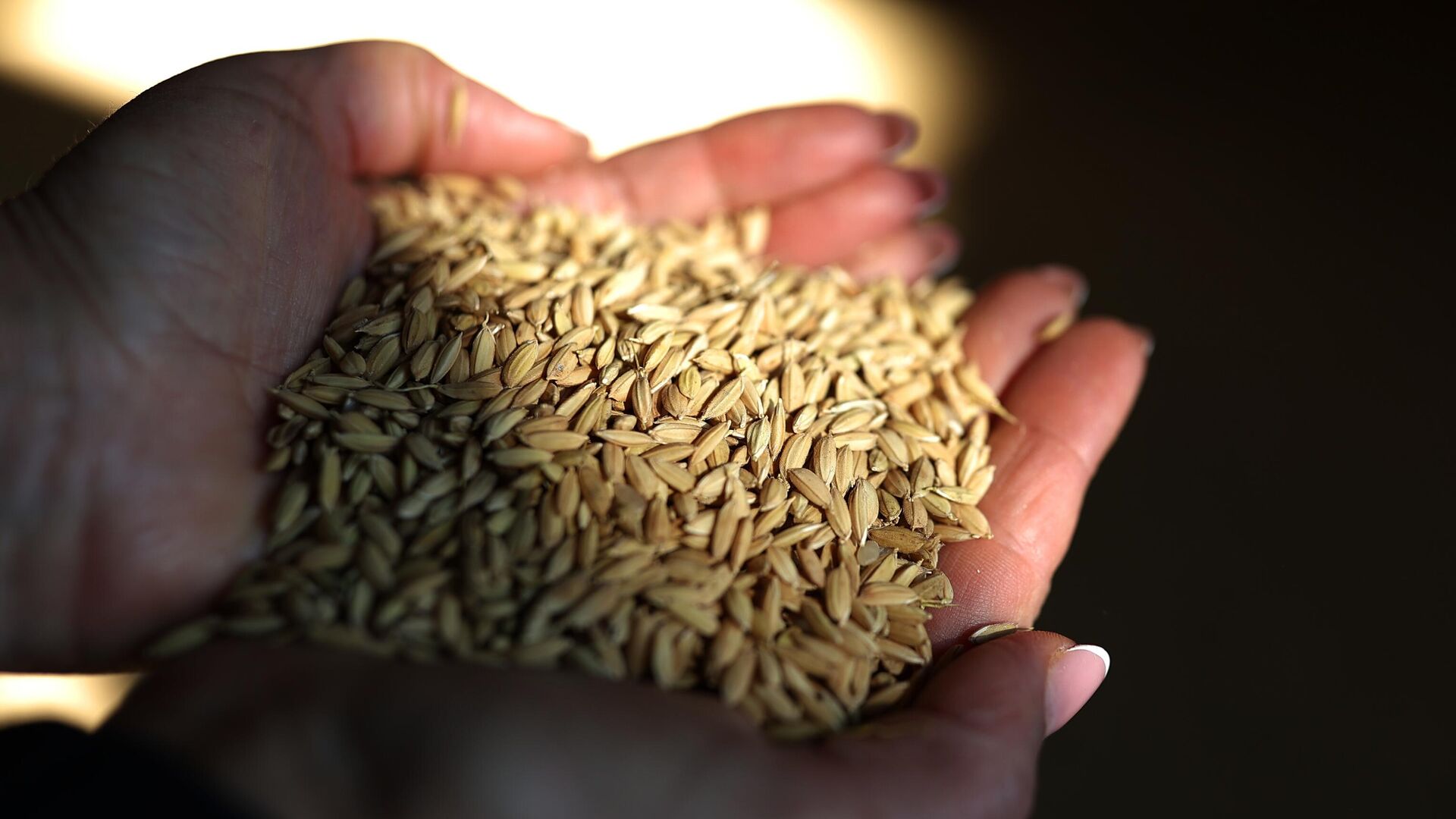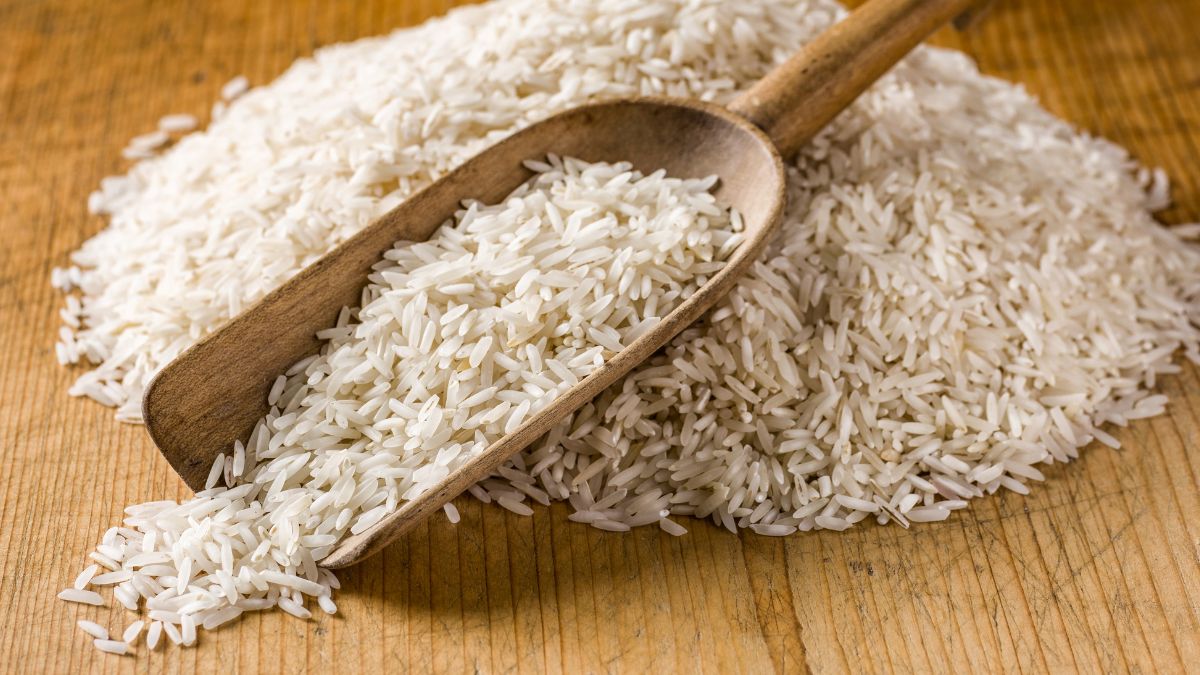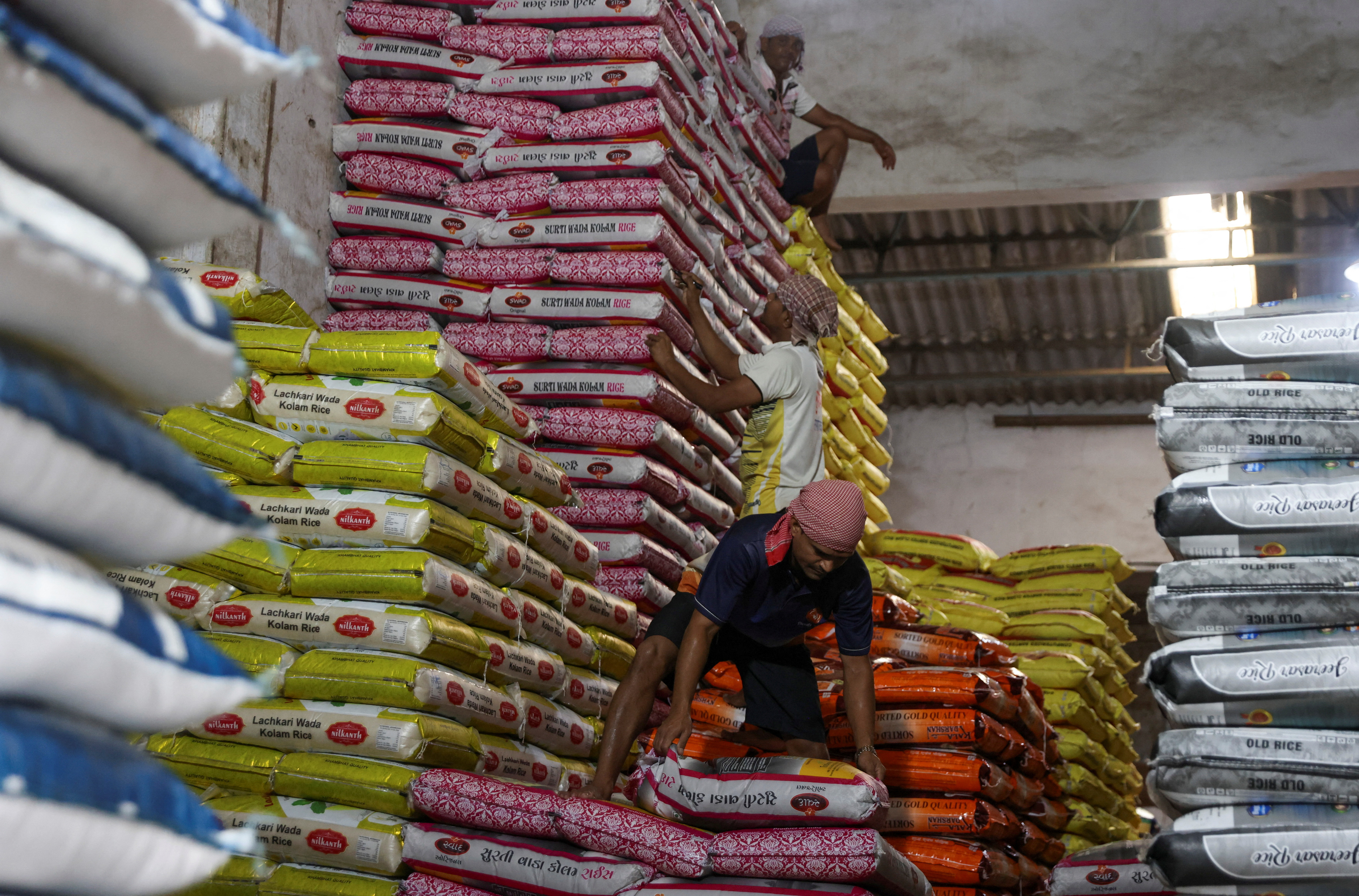Government’s Plan: Lowering Basmati Rice Export Price to $950/Tonne

Government’s Plan: Lowering Basmati Rice Export Price to $950/Tonne
In a significant move aimed at boosting India’s agricultural exports and supporting its farmers, the Indian government is considering a reduction in the minimum export price (MEP) for Basmati rice to $950 per tonne.
Basmati rice is a prized agricultural commodity known for its unique aroma, long grains, and exceptional taste, and India is one of the world’s largest producers and exporters of Basmati rice.

This proposed reduction in MEP holds the potential to benefit both farmers and exporters, strengthen India’s position in the global rice market, and contribute to the country’s economic growth.
In a significant move, the government has announced its plans to reduce the Minimum Export Price (MEP) of Basmati rice to $950 per tonne.
This decision is expected to have considerable implications for both domestic producers and international consumers.
Minimum Export Price is a trade tool employed by governments to establish a price floor for the export of specific commodities. The primary objective of setting an MEP is to ensure that essential commodities are not exported below a particular price, thereby maintaining domestic availability and stabilizing domestic prices.
Basmati rice is often referred to as the “king of rice” due to its superior quality and unique characteristics.

Grown primarily in the states of Punjab, Haryana, Uttarakhand, and western Uttar Pradesh, Basmati rice has been a staple crop for millions of farmers in India for generations.
Its global demand is driven by its fragrant aroma, long grains, and versatility in various culinary preparations, making it a preferred choice for consumers worldwide.
India’s Basmati rice exports have historically played a crucial role in the country’s agricultural economy. The revenue generated from Basmati rice exports contributes significantly to the income of farmers and the overall growth of the agriculture sector. Therefore, any government decision regarding the MEP of Basmati rice holds far-reaching implications.

Reasons for Reducing MEP on Basmati Rice
- Competitiveness in the Global Market: The global rice market is highly competitive, with countries like Pakistan and Thailand as India’s primary rivals in the Basmati rice segment. These countries have been able to offer their rice at more competitive prices due to lower MEPs. By reducing the MEP to $950 per tonne, India can enhance its competitiveness and capture a larger share of the global Basmati rice market.
- Economic Recovery Post-Pandemic: The COVID-19 pandemic has adversely impacted various sectors of the Indian economy. Agriculture, being one of the most critical sectors, can play a pivotal role in driving economic recovery. Lowering the MEP can stimulate Basmati rice exports, leading to increased foreign exchange earnings and bolstering the country’s overall economic health.
- Supporting Farmers: A reduction in the MEP will directly benefit Basmati rice farmers by ensuring better prices for their produce. Increased exports will create demand for Basmati rice, leading to higher prices in the domestic market, ultimately translating into improved livelihoods for farmers.
- Export Target Achievement: India has ambitious targets for agricultural exports, and Basmati rice plays a significant role in achieving these goals. By making Basmati rice more affordable for international buyers, India can work towards achieving its export targets and maintaining its position as a prominent global rice exporter.

Potential Impacts
- Increased Exports: A lower MEP will make Indian Basmati rice more competitive in the global market, leading to an increase in export volumes. This will not only benefit rice exporters but also contribute to India’s balance of trade.
- Farmer Prosperity: Farmers, particularly in the Basmati rice-growing regions, will witness improved income levels due to better prices for their produce. This will enable them to invest in modern farming techniques and infrastructure.
- Economic Growth: Increased Basmati rice exports can positively impact India’s overall economic growth by generating foreign exchange earnings and supporting related industries, such as packaging, logistics, and transportation.
- Global Reputation: India’s Basmati rice is celebrated worldwide for its quality, and increased exports can further enhance the country’s reputation as a reliable and high-quality rice supplier.
A bountiful harvest season has led to a surge in rice production. This has subsequently caused an oversupply in the domestic market, putting downward pressure on prices.

By lowering the MEP, the government aims to make Indian Basmati rice more competitive in international markets. This could help increase export volumes and stabilize domestic market conditions.
With the decrease in domestic prices due to the surplus, farmers stand to face losses. By boosting exports, the government hopes to provide an alternative and potentially more profitable outlet for their produce.
Other rice-producing nations, particularly from Southeast Asia, have been highly competitive in terms of pricing. The reduced MEP would help Indian exporters remain competitive against their international counterparts.
The decision is likely to spur an increase in the export of Basmati rice. This can help in drawing down the surplus stocks in the country and provide farmers with a better price for their produce.
With the increase in exports, domestic prices may stabilize due to the reduced pressure of oversupply.

Countries importing Basmati rice from India stand to benefit from more competitive pricing. This could make the commodity more affordable for end consumers in these nations.
The decision might put pressure on other rice-producing nations to review their pricing strategies to remain competitive in the international market.
The global rice market has witnessed several fluctuations in recent years due to various factors like climate change, geopolitical tensions, and changing trade policies. Indian Basmati rice, known for its unique aroma and long grains, holds a premium position in this market. The government’s decision to reduce the MEP aims to strengthen this position by leveraging the current domestic situation.
The Indian government’s decision to reduce the minimum export price on Basmati rice to $950 per tonne holds immense promise for farmers, exporters, and the economy as a whole. By enhancing competitiveness, supporting farmers, and facilitating economic growth, this move can yield numerous benefits.
It is crucial, however, for the government to ensure that the reduction in MEP is accompanied by adequate safeguards to protect the interests of farmers and maintain the quality standards that make Indian Basmati rice famous worldwide.
If implemented effectively, this policy change could be a significant step towards realizing India’s agricultural export potential and strengthening its position in the global rice market.

The government’s move to decrease the Minimum Export Price of Basmati rice to $950 per tonne is a strategic decision influenced by both domestic and international factors.
By doing so, the authorities are aiming to support local farmers, stabilize domestic prices, and enhance the nation’s competitive edge in the global market.
As with any trade decision, only time will reveal its long-term impacts, but for now, it represents a proactive approach to managing the intricacies of the global rice trade.




